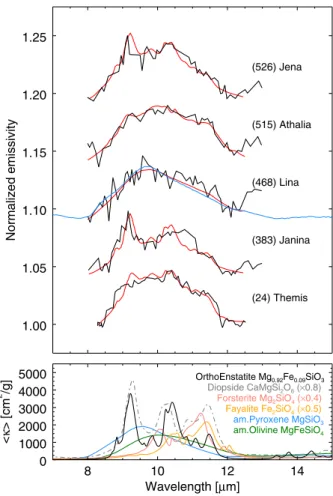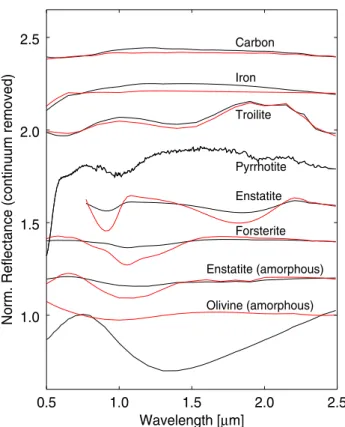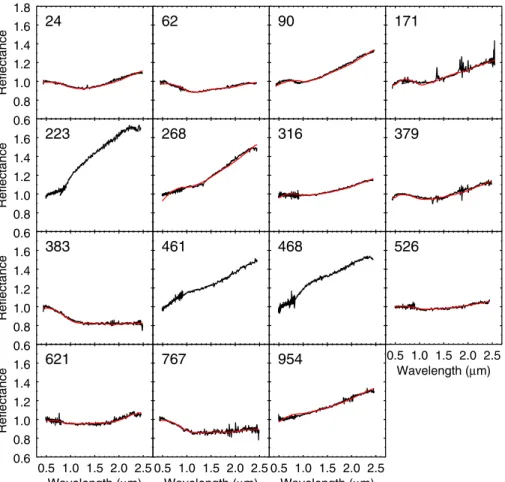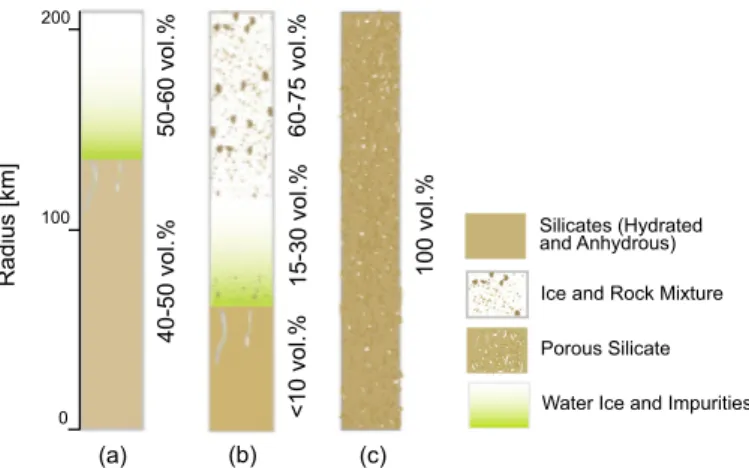Compositional characterisation of the Themis family
Texte intégral
Figure




Documents relatifs
The results of the interval estimation method popularized by Steiger and Fouladi (1997), herein called the pivoting method 1 , were displayed erroneously in Appendix C of our
The mistake comes from the fact that the factor of conversion is incor- rectly applied to the effect size estimate instead of its stan- dard deviation.. Note that the simulations
In another set of simulations, we compared four meth- ods, Cohen’s d 1 with a central CI based on the True* and the Correction-for-small-N standard error, Hedges’ g 1 with
This method is useful when it is expected that mapping and direct survey methods (capture–recapture or multiplier) will lead to difficulties identifying and accessing
(1, λ)-ES only shows a logarithmic convergence rate as a function of λ, which suggests that this is the best choice when the population size is large.... This figure shows
The above scientific objectives will help the team to understand and develop necessary scientific algorithms and data management strategy necessary for exploiting Mars
The 3D design of the instrument presented in Fig- ure 2(b) has been achieved by company COMAT (COncept Mecanique Assistance Technique) [17] according to all follow- ing
Instead of applying an IS (Instance Selection) algorithm to the whole database, IS is applied to strata deriving from the regions, each region representing a set of patterns

